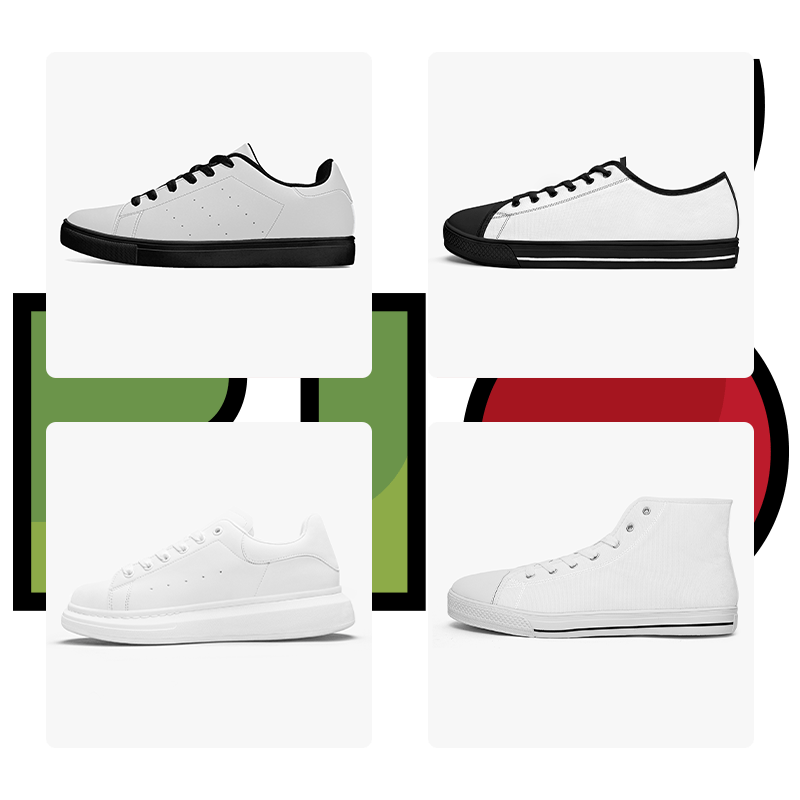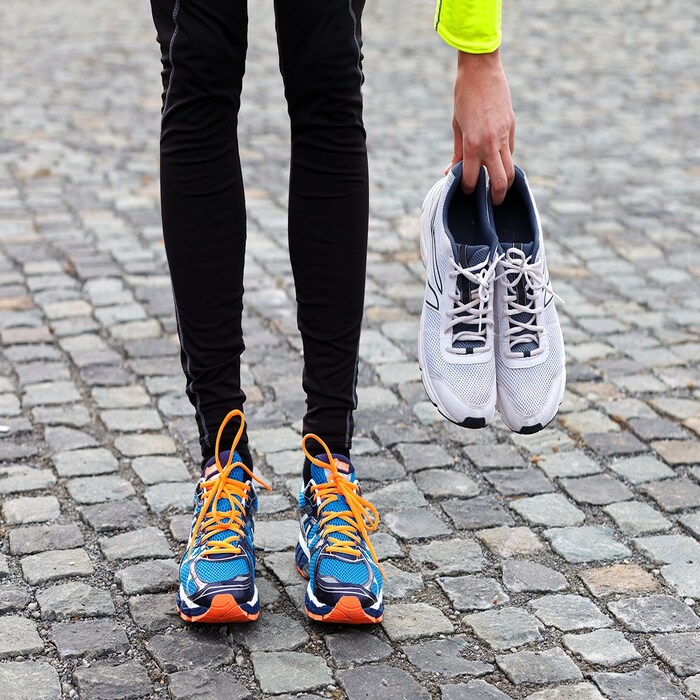Introduction to Shoe Design
How to design shoes? Welcome to the exciting world of shoe design. In this introductory section, we will explore the basic components that form the foundation of creating standout footwear. Understanding these elements is key to your journey as a shoe designer.
The Role of Drawing in Shoe Design
Drawing plays a critical role in design shoes. It’s the primary method to express your vision. Before a shoe becomes reality, it starts as a drawing. It’s important to master drawing to show every detail of your design. Drawing allows you to reveal what makes your design special. You must be able to communicate the unique features of your shoe clearly. This skill ensures that not just your team but also factory workers understand your concept.
Importance of Material Selection
Choosing the right materials is a major part of shoe design. Your material selection affects the cost, durability, and comfort of the finished product. Each material, whether leather, textile, or synthetic, has its own set of attributes. They influence the shoe’s design qualities and how it’s made. Picking the suitable materials will also determine the shoe’s final look and performance. A good understanding of materials can also help you navigate issues like import duties and manufacturing costs.
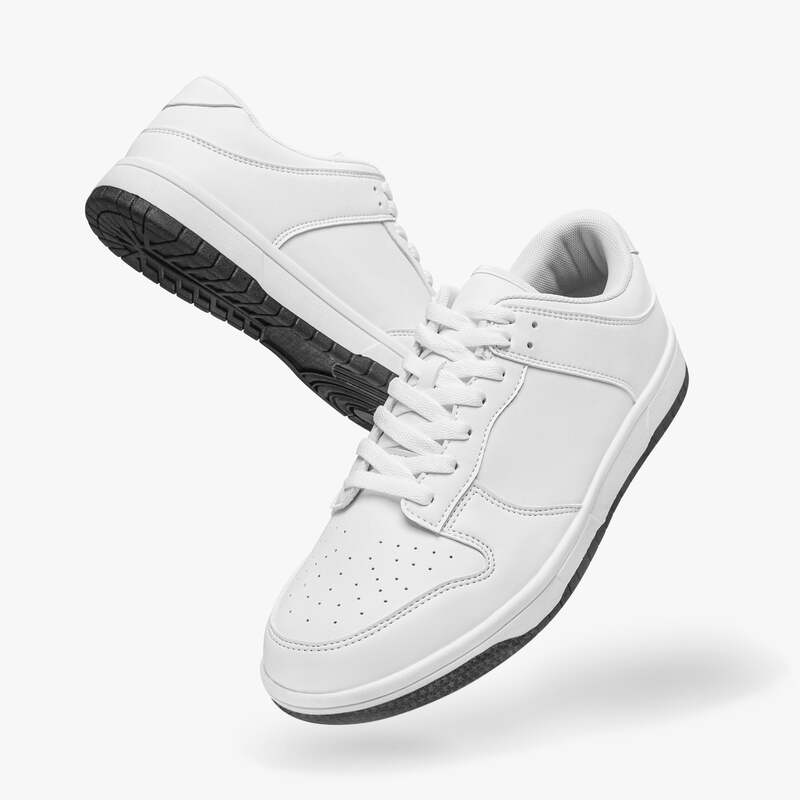
Learning to Draw Shoes
To kickstart your journey in design shoes, mastering the art of drawing is essential. It’s the first step in bringing your footwear visions to life. A solid grasp of various drawing techniques is crucial. It enables you to convey your design concepts effectively. Whether it’s drawing by hand or using digital tools, each method plays a pivotal role. They help in detailing and refining your shoe designs. Your ability to sketch a shoe determines how well you can share your ideas. From the initial concept to the final product, your drawings connect you with co-workers, managers, and manufacturers.
Drawing Techniques and Tools
Start with the basics: learn to draw the different parts of a shoe. Practice is key here. Use pencils for initial outlines and markers for bold lines. Embrace erasers—they help correct mistakes and refine your sketches. You can also explore digital tools. Programs like Adobe Illustrator aid in creating cleaner, more precise designs. Using a graphic tablet can make the transition from paper to digital smoother. Be open to learning both hand drawing and computer drawing techniques. They complement each other and enhance your design capabilities.
Transforming Sketches into Detailed Designs
Once you’re confident with sketching, it’s time to add detail. Turn your rough ideas into polished designs. Focus on every aspect of the shoe. Think about the shape, style, textures, and any unique features. Your detailed design should show the material type, pattern elements, and color placement. It’s this level of detail that helps others see what you envision. The more complete your design, the easier it’s for factory technicians to create your shoe. Detailed designs remove guesswork and avoid errors in production. It’s the bridge between a good idea and a great shoe. Always aim to refine your sketches into detailed, communicative designs.
Understanding Shoe Materials
Overview of Footwear Materials
In design shoes, selecting the right materials is crucial. Your choices affect the shoe’s cost, durability, and comfort. Materials commonly used in shoes include leather, textiles, synthetics, foam, and rubber. Each material brings unique properties that define the shoe’s final characteristics. It’s important to understand the roles these materials play in shoe-making.
Properties and Functions of Common Shoe Materials
Leather offers elegance and durability but can be costly. Textiles are versatile and provide varied textures and colors. Synthetics are affordable and good for various conditions. Foam adds cushioning and comfort, essential for sports shoes. Rubber is used mainly for soles due to its grip and longevity. Each material must be chosen based on the specific requirements of the shoe design. Their properties such as flexibility, wear resistance, and aesthetic appeal must align with the shoe’s intended use.
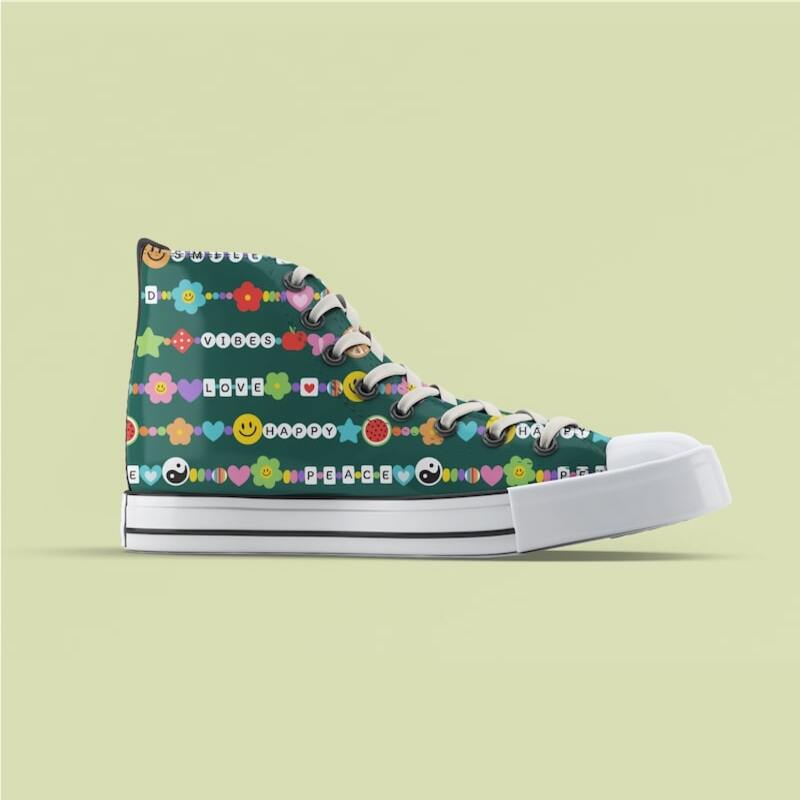
The Shoe Last: Foundation of Shoe Design
The shoe last is critical in design shoes. It shapes the 3D form of the shoe. A well-chosen last impacts the shoe’s look, fit, and performance.
Types of Shoe Lasts
Shoe lasts come in varied materials like wood, plastic, and metal. Each has its unique benefits. Wood lasts offer traditional craftsmanship. Plastic lasts are lightweight and cost-efficient. Metal lasts provide exceptional durability.
Impact of Shoe Lasts on Design and Fit
The right shoe last ensures a perfect fit and enhances a shoe’s style. It influences the overall comfort and flexibility of the shoe. Poorly chosen lasts can ruin a good design. Designers must select lasts that align with their shoe’s desired characteristics.
Developing Your Shoe Design Skills
Shoe design is an art that requires both creativity and technical knowledge. To become proficient, you’ll need to develop a range of skills, from drawing to understanding materials and mastering 3D concepts. How you choose to learn and improve these skills can vary, from formal education to self-taught methods.
Educational Pathways for Aspiring Shoe Designers
There are several routes to becoming a shoe designer. Formal education, like a degree in fashion or industrial design, can provide a strong foundation. Look for programs that offer coursework in footwear design, sketching, and material sciences. Attending design school can also give you access to experienced mentors and industry connections. Alternatively, online courses and workshops specifically focused on shoe design can be valuable for picking up the essentials. Regardless of the path, focus on building a portfolio that showcases your best designs and range of skills.
Importance of Practice and Portfolio Building
Practice is crucial in sharpening your shoe design skills. Dedicate time each day to sketching shoes and experimenting with different styles and materials. Analyze existing footwear to understand what works and why. Building a strong portfolio is just as important as practice. It’s the visual resume that will display your skills to potential employers or clients. Your portfolio should include a variety of shoe designs, showcasing versatility and expertise. Remember, the goal is to not only show your technical ability but also your unique design perspective and creativity. As you develop your design skills, constantly update and refine your portfolio to reflect your growing experience.
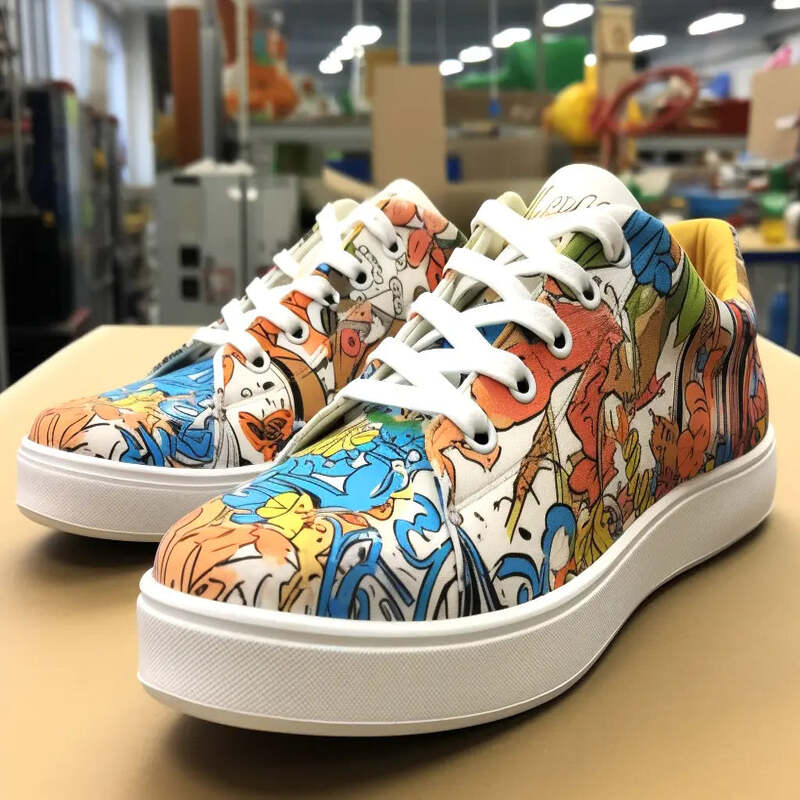
Advanced Design Techniques
Enhancing your shoe design skills requires advanced techniques. This section delves into modern tools and materials. They’ll take your designs to the next level.
Using Computer Software for Shoe Design
Today’s designers use powerful computer software. It’s essential for creating detailed and accurate shoe designs. Adobe Illustrator is a popular choice. It allows for precision in drawing the outlines and details of shoes. 3D modeling software helps visualize the design as a finished product. Learning to use these tools is crucial. It ensures your ideas are well-presented and ready for production.
Experimenting with Innovative Materials
Innovation sets great designs apart. Experiment with new materials to push the boundaries. Look beyond traditional leather and textiles. Explore eco-friendly options or high-tech synthetics. These can offer unique textures and properties. Using innovative materials can improve performance and sustainability. Stay informed about the latest material trends. This knowledge can give you a competitive edge in the shoe design market.
From Concept to Creation
Turning a shoe concept into a tangible product involves several distinct steps. This part of the shoe design journey is both exciting and complex. It requires a solid understanding of the design and manufacturing processes.
Steps in the Shoe Design Process
The shoe design process begins with an initial concept or idea. Here, inspiration is key and can come from anywhere. Once you have an idea, you sketch designs. These sketches are refined until a final design is determined and detailed. You then create a prototype, test it for function and aesthetics, and make necessary adjustments. After perfecting the design, it’s ready for production.
Next, you develop a product specification. This document details material types, color specs, and dimensions. It ensures manufacturers can accurately replicate your design. Materials sourcing follows, where specific materials for the shoe are selected based on desired properties like durability and comfort.
Communicating Designs to Manufacturers
The final step in realizing your design shoes is effectively communicating with manufacturers. Detailed design blueprints and specifications are crucial here. They guide the production process and ensure accuracy.
You must maintain strong communication with the factory team. Regular updates and visits can help address any issues quickly. Clear communication reduces errors and ensures the final product matches your original design. In case of discrepancies, be ready to collaborate on solutions that align with your design objectives.
Using professional drawing and 3D modeling tools, like Adobe Illustrator, helps in conveying precise details. It’s vital to ensure that what you envision is what gets produced. Always focus on building a good relationship with manufacturers. They can provide insights and suggestions that enhance your design’s practicality and marketability.
